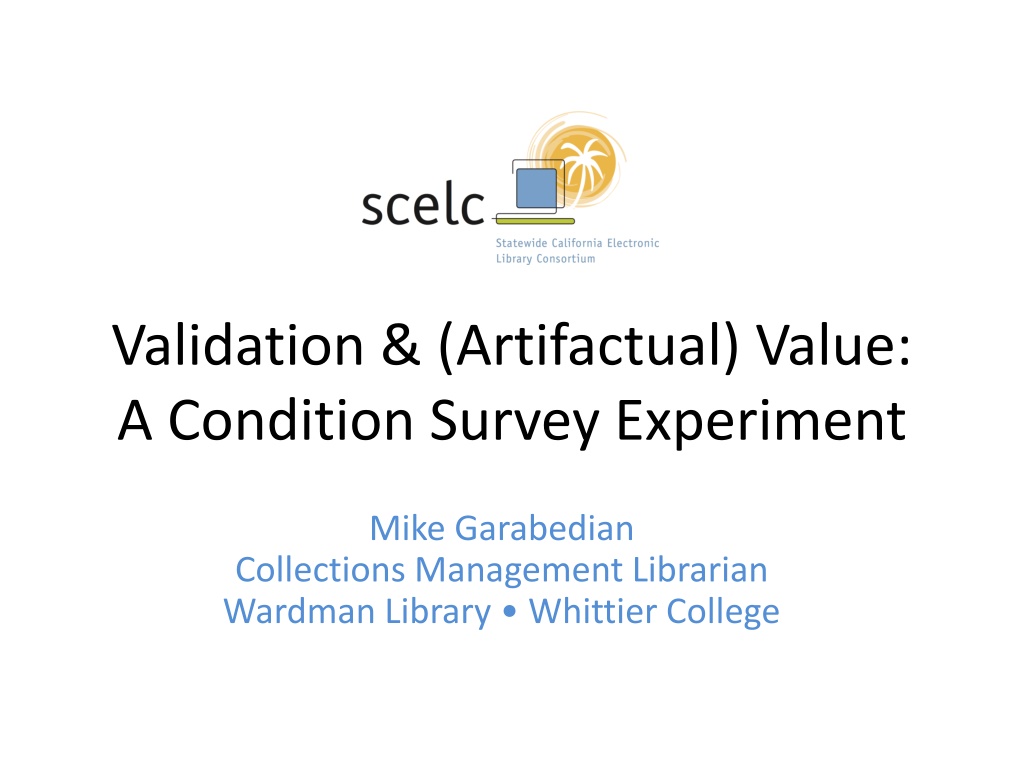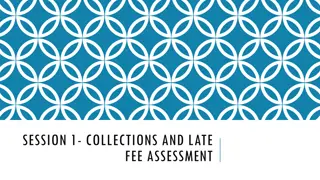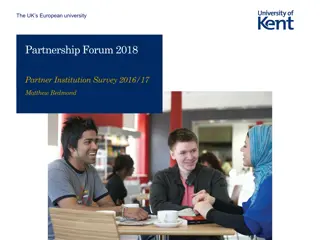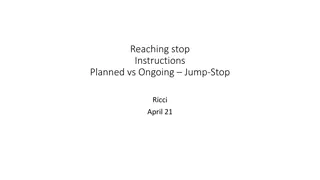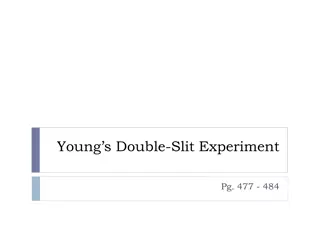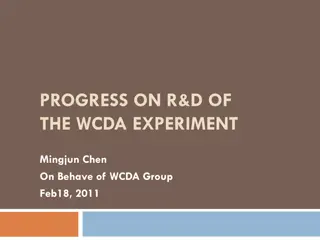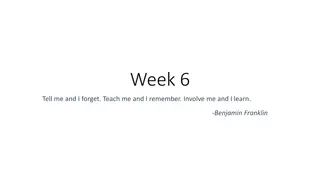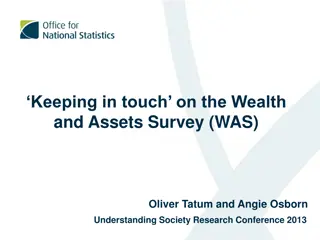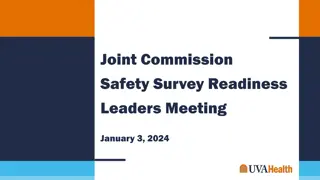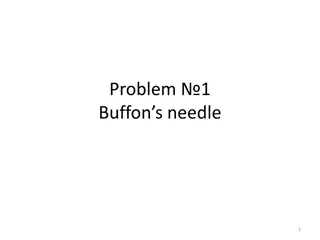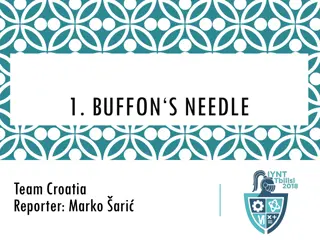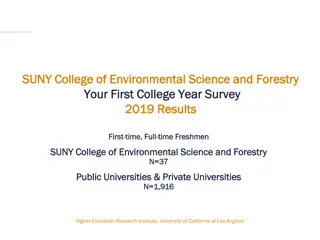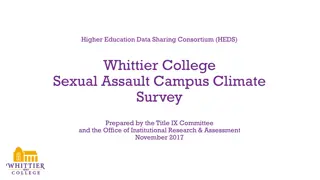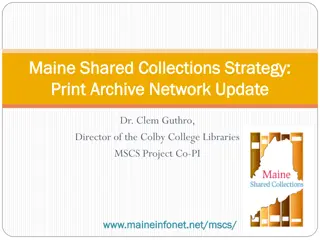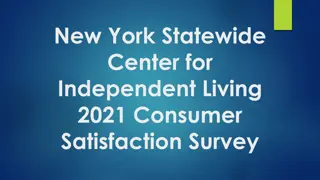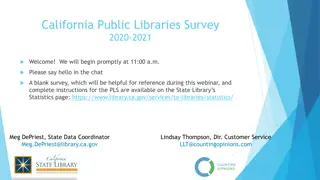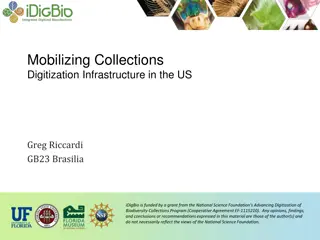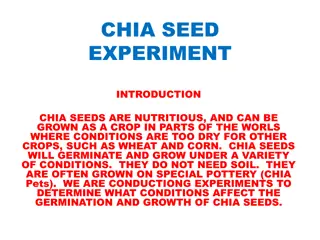Condition Survey Experiment for Collections Management at Whittier College
Explore the importance of designing a comprehensive condition survey experiment to ensure the completeness and preservation of shared print repositories. The goal is to develop a cost-effective survey instrument to assess the physical attributes of document collections and implement policies for validation.
Download Presentation

Please find below an Image/Link to download the presentation.
The content on the website is provided AS IS for your information and personal use only. It may not be sold, licensed, or shared on other websites without obtaining consent from the author. Download presentation by click this link. If you encounter any issues during the download, it is possible that the publisher has removed the file from their server.
E N D
Presentation Transcript
Validation & (Artifactual) Value: A Condition Survey Experiment Mike Garabedian Collections Management Librarian Wardman Library Whittier College
Ask a Question (1) [I]f in going forward, just one or two copies [of a given edition] are going to be part of our shared print repositories, won t we want to make certain that the copies we retain ... are the most complete documents we can find? Me, in an e-mail message to mscelc@lists.scelc.org, October 8, 2012
Ask a Question (1) [I]f in going forward, just one or two copies [of a given edition] are going to be part of our shared print repositories, won t we want to make certain that the copies we retain ... are the most complete documents we can find? Me, in an e-mail message to mscelc@lists.scelc.org, October 8, 2012
Ask a Question (1) [I]f in going forward, just one or two copies [of a given edition] are going to be part of our shared print repositories, won t we want to make certain that the copies we retain ... are the most complete documents we can find? Me, in an e-mail message to mscelc@lists.scelc.org, October 8, 2012
Ask a Question (2) Is it possible to design a condition survey instrument to gather reasonably detailed information about the completeness of and damage to mutually-held book copies that is also simple to deploy and cost-effective?
Ask a Question (2) Is it possible to design a condition survey instrument to gather reasonably detailed information about the completeness of and damage to mutually-held book copies that is also simple to deploy and cost-effective?
Ask a Question (2) GOALS
Ask a Question (2) GOALS / Define the physical attributes of condition validation Develop a survey instrument based on these attributes Develop policies/procedures to assess condition Undertake a trial version of a condition survey using mutually held copies at select SCELC member libraries
MISSING PAGES A note about Condition
MISSING PAGES HINGES BROKEN A note about Condition
Special Collections General Collections A note about Condition
Special Collections General Collections Artifactual Value Intellectual Content Preservation > Access Access > Preservation A note about Condition
!!! A note about Condition
Full Disclosure !!!
The Survey Instrument Though existing works for validating print journals were somewhat helpful, print journals are not print monographs ... Existing, well-known condition surveys designed to extrapolate conditions of collections from a survey group (e.g., Yale, University of Illinois, and Syracuse in the late 1980s; and more recent surveys at the Universities of Kansas and Southern Mississippi) were far too complex, and therefore far too long My validation criteria and survey instrument are 'stripped down versions' of these more complex surveys
The Survey Instrument * tinyurl.com/conditionsurvey *
The Sampling Method Azusa Pacific University FTE: 8,803; Volumes: 250,000 BIOLA University FTE: 5,709 ; Volumes: 300,000 Claremont Colleges FTE: 6,747; Volumes: 1,000,000 University of LaVerne FTE: 7,388; Volumes: 230,000 Loyola Marymount University FTE: 8,307; Volumes: 582,800 Mt. St. Mary's College FTE: 2,100; Volumes: 130,000 Pepperdine University FTE: 5,978; Volumes: 394,200 Whittier College FTE: 1,855; Volumes: 300,300
Results 3,429 books examined total* Imprint dates from 1905 to 2012 Two days at six libraries; one day at two libraries Average time to find and examine books = ~ 120 seconds, or ~30 books per hour**
Concluding Thoughts SO WHAT?
Concluding Thoughts SO WHAT? Yeah!
Concluding Thoughts From a condition perspective where access to information is paramount, the majority of books examined were good enough to retain. BUT data also indicated that just 1/3 of books in each copy grouping had paratextual value, i.e., random deselection is likely to result in the loss of artifactually significant copies.
Concluding Thoughts DISCARD DISCARD DISCARD DISCARD DISCARD DISCARD DISCARD KEEP From a condition perspective where access to information is paramount, the majority of books examined were good enough to retain. BUT data also indicated that just 1/3 of books in each copy grouping had paratextual value, i.e., random deselection is likely to result in the loss of artifactually significant copies.
Validation & (Artifactual) Value: A Condition Survey Experiment Mike Garabedian Collections Management Librarian Wardman Library Whittier College mgarabedian@whittier.edu
